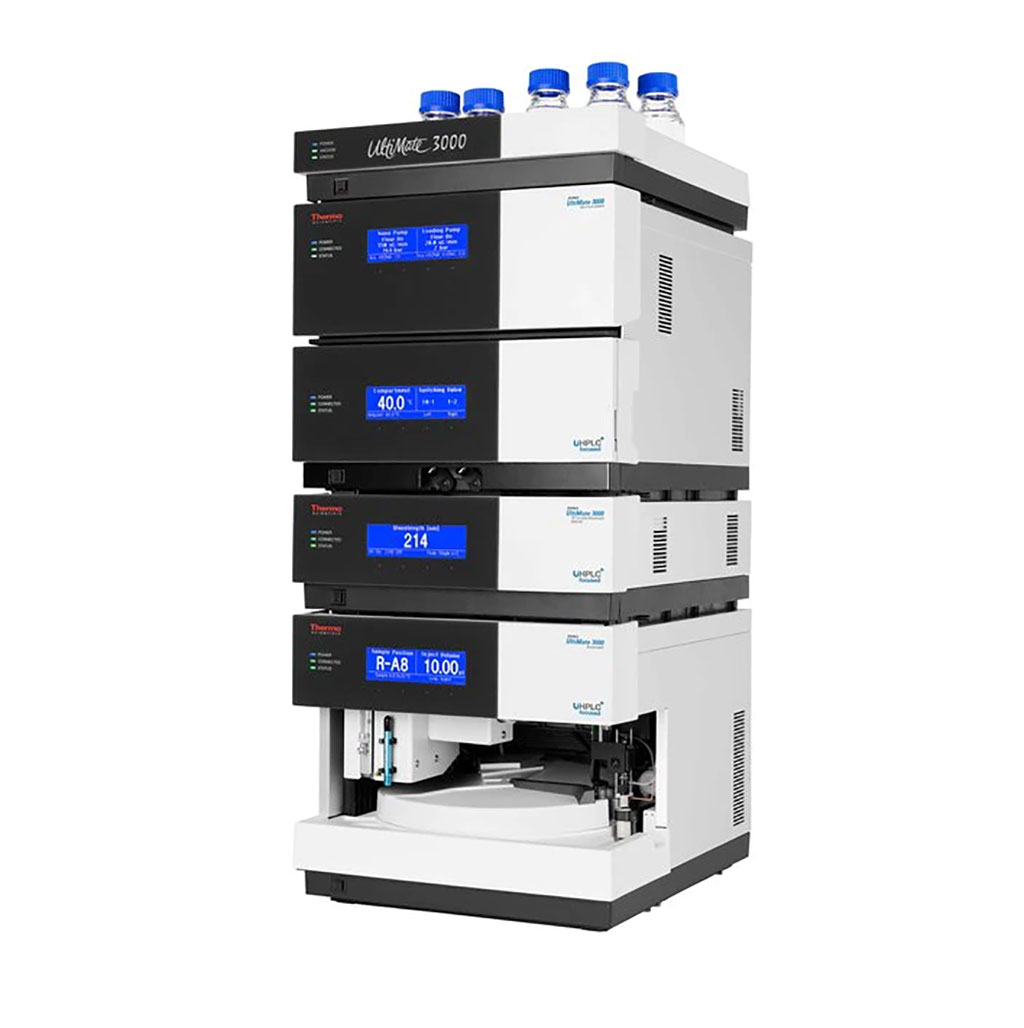Different Subtypes Defined in Small Cell Lung Cancer
Posted on 25 May 2022
Small cell lung cancer (SCLC) is a malignant disease associated with a particularly high mortality rate. SCLC is a particularly aggressive cancer that typically occurs in smokers, exhibiting rapid growth and a high propensity for metastasis.
Recent studies suggest that SCLC may be differentiated into specific molecular subtypes. However, due to the significant lack of tumor material and the problem of tumor heterogeneity, this information could not be effectively validated in a clinical setting.

A large international team of clinical scientists led by the Medical University of Vienna (Vienna, Austria) examined 386 Central European cases, one of the largest cohorts of surgically treated patients to date. The expression of subtype-specific transcription factors and P53 and RB1 proteins were measured by immunohistochemistry (IHC) in the surgically resected SCLC samples. Signal amplification was performed using Novolink Polymer Detection System kit (Leica Biosystems, Wetzlar, Germany).
Correlations between subtype-specific proteins and in vitro efficacy of various therapeutic agents were investigated by proteomics and cell viability assays in 26 human SCLC cell lines. The team also comprehensively profiled protein expression using mass spectrometry-based proteomics in SCLC cell lines to assess the therapeutic relevance of each SCLC subtype. The nLC-MS/MS analysis was performed on an Ultimate 3000 RSLC nano pump (Thermo Fisher Scientific, Waltham, MA, USA) coupled to a Q-Exactive HF-X mass spectrometer equipped with an EASY-Spray ion source.
The investigators reported that besides SCLC-A (ASCL1-dominant), SCLC-AN (combined ASCL1/NEUROD1), SCLC-N (NEUROD1-dominant) and SCLC-P (POU2F3-dominant), IHC and cluster analyses identified a quadruple-negative SCLC subtype (SCLC-QN). No unique YAP1-subtype was found. The highest overall survival rates were associated with non-neuroendocrine subtypes (SCLC-P and SCLC-QN) and the lowest with neuroendocrine subtypes (SCLC-A, SCLC-N, SCLC-AN).
In univariate analyses, high ASCL1 expression was associated with poor prognosis and high POU2F3 expression with good prognosis. Notably, high ASCL1 expression influenced survival outcomes independently of other variables in a multivariate model. High POU2F3 and YAP1 protein abundances correlated with sensitivity and resistance to standard-of-care chemotherapeutics, respectively. Specific correlation patterns were also found between the efficacy of targeted agents and subtype-specific protein abundances.
Zsolt Megyesfalvi, MD, a Thoracic Surgeon and first author of the study, said, “In contrast to the increasingly personalized approaches observed in non-small cell lung cancer, SCLC is still considered to be a homogeneous clinical picture and is treated in a standardized way both in hospitals and laboratories. We are now showing that differential expression of key transcriptional regulators clearly distinguishes five major SCLC subtypes.”
The author concluded that they have investigated the clinicopathological relevance of SCLC molecular subtypes in a large cohort of surgically resected specimens. Differential IHC expression of ASCL1, NEUROD1 and POU2F3 defines SCLC subtypes. No YAP1-subtype can be distinguished by IHC. The study was published on April 30, 2022 in The Journal of Pathology.
Related Links:
Medical University of Vienna
Leica Biosystems
Thermo Fisher Scientific













